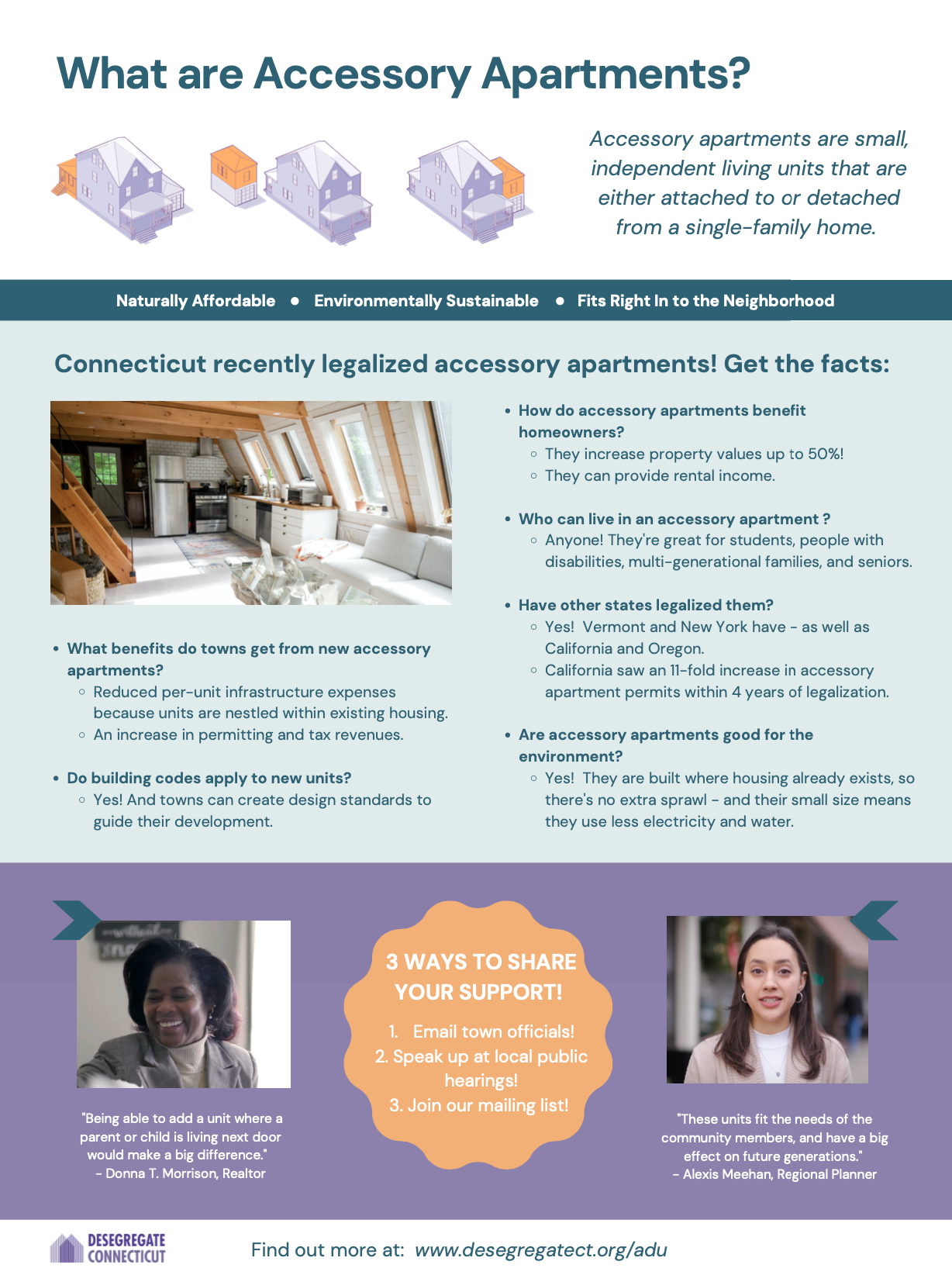health inequalities east st louis a significant public health challenge, particularly in areas like East St. Louis, Illinois. This city, characterized by high poverty rates and systemic issues, serves as a critical case study for understanding the broader implications of health disparities among marginalized communities.
Historical Context
East St. Louis has a rich but troubled history that contributes to its current health landscape. Once a thriving industrial hub, the city has faced decades of economic decline, leading to a drastic reduction in its population and tax base. Today, it is predominantly African American (97%), which plays a crucial role in the health disparities observed in the community.
Socioeconomic Factors
Poverty and Employment The economic conditions in East St. Louis are dire. Over 51% of households earn less than $25,000 annually, and the median income is approximately $16,867. High unemployment rates exacerbate these issues, with nearly 18% of the labor force unemployed.
Such economic instability directly impacts health outcomes, as low-income individuals often lack access to quality healthcare.
Education
Educational attainment in East St. Louis is low, with 17% of residents lacking a high school diploma. Poor educational outcomes correlate strongly with health literacy, which is essential for making informed health decisions.
Health Outcomes
Infant Mortality
Infant mortality rates in East St. Louis are alarmingly high, with Black infants three times more likely to die before their first birthday compared to their white counterparts. This statistic highlights the severe impact of socioeconomic factors on health outcomes.
Chronic Diseases
Residents face disproportionately high rates of chronic diseases such as asthma and diabetes. For instance, childhood asthma rates are among the highest in the nation, significantly affecting children’s quality of life and educational performance.
Environmental Factors
Housing and Living Conditions
The built environment in East St. Louis contributes to health disparities. Many residents live in substandard housing without adequate access to clean water or sanitation facilities. This situation is compounded by a lack of grocery stores, leading to food deserts where residents struggle to find healthy food options.
Violence and Safety
East St. Louis has one of the highest per-capita murder rates in the U.S., contributing to chronic stress and trauma among residents. The prevalence of violence not only affects physical safety but also mental health.
Access to Healthcare
Insurance Coverage
Access to healthcare is severely limited; Black residents are twice as likely to be uninsured compared to white residents. Lack of insurance often leads to delayed medical care and exacerbates existing health conditions.
Healthcare Facilities
The decline of local healthcare facilities has left many residents without adequate medical care options. Public hospitals have struggled financially and have often closed or reduced services, further limiting access for low-income families.
Systemic Racism
Systemic racism plays a pivotal role in perpetuating health inequalities in East St. Louis. Historical policies have contributed to residential segregation and economic disenfranchisement, creating environments where health disparities thrive.
Community Initiatives
Collective Impact Models
In response to these challenges, initiatives like East St. Louis Aligned aim to harness community resources for educational and health improvements. By fostering partnerships among schools, nonprofits, and government agencies, these initiatives seek holistic solutions to complex social problems.
Health Education Programs
Community-based health education programs are essential for improving health literacy among residents. These programs focus on preventive care and chronic disease management, empowering individuals to take charge of their health.
Policy Recommendations’
To address the multifaceted issues contributing to health inequalities in East St. Louis, several policy recommendations can be made:
- Increase Funding for Healthcare Services: Allocate more resources toward public healthcare facilities.
- Improve Educational Opportunities: Invest in local schools and adult education programs.
- Enhance Economic Development: Create job training programs tailored for local residents.
- Address Housing Quality: Implement policies aimed at improving housing conditions.
- Promote Community Engagement: Encourage resident participation in local decision-making processes.
Conclusion health inequalities east st louis
Health inequalities in East St. Louis are deeply rooted in historical injustices and contemporary socioeconomic challenges. Addressing these disparities requires a comprehensive approach that involves community engagement, policy reform, and sustained investment in health education and services




